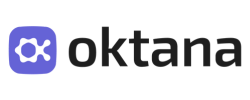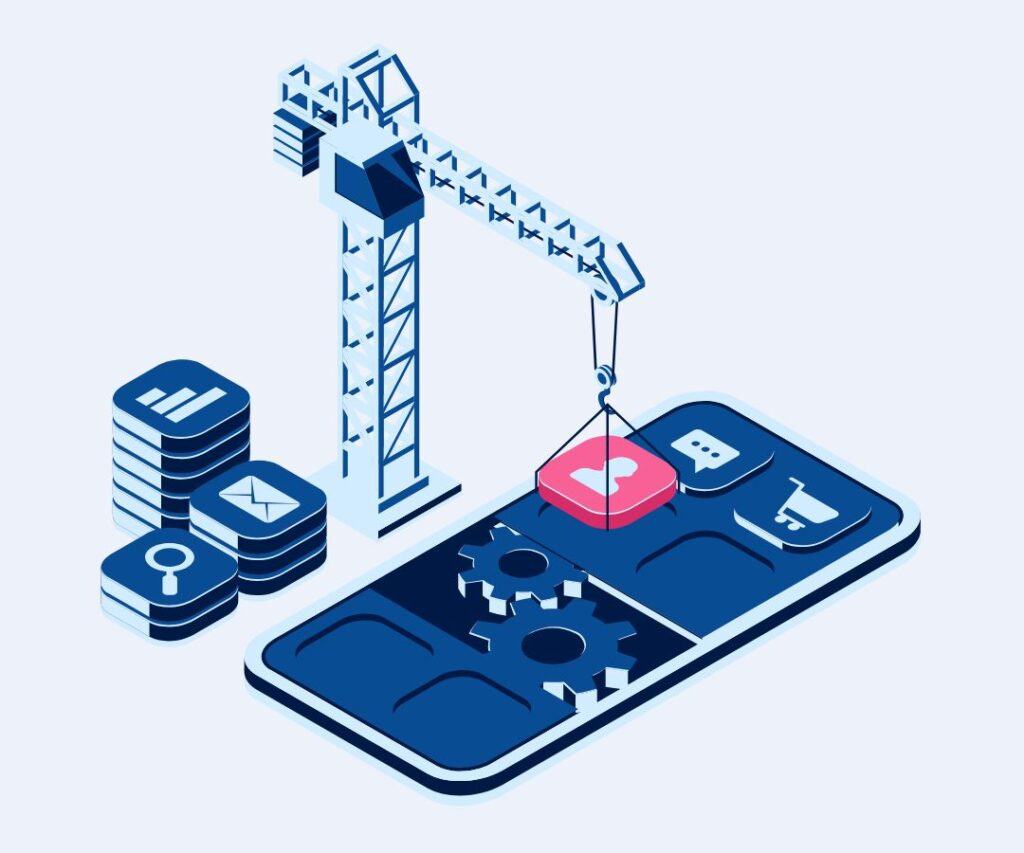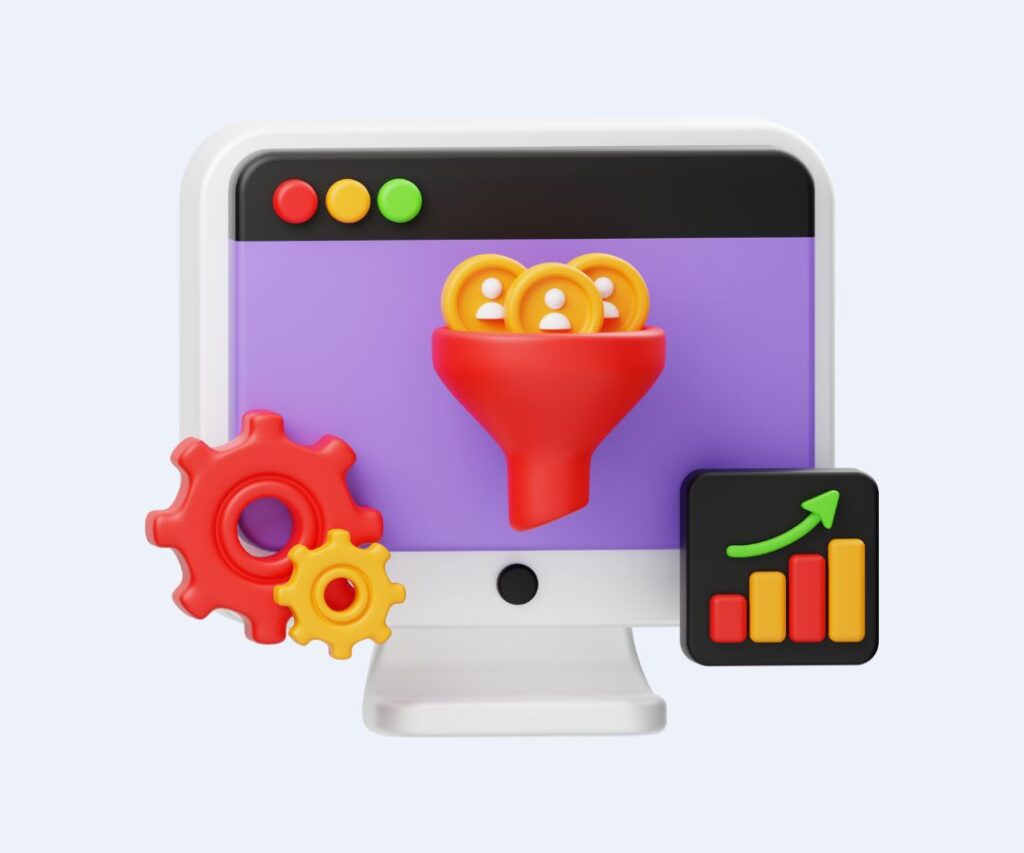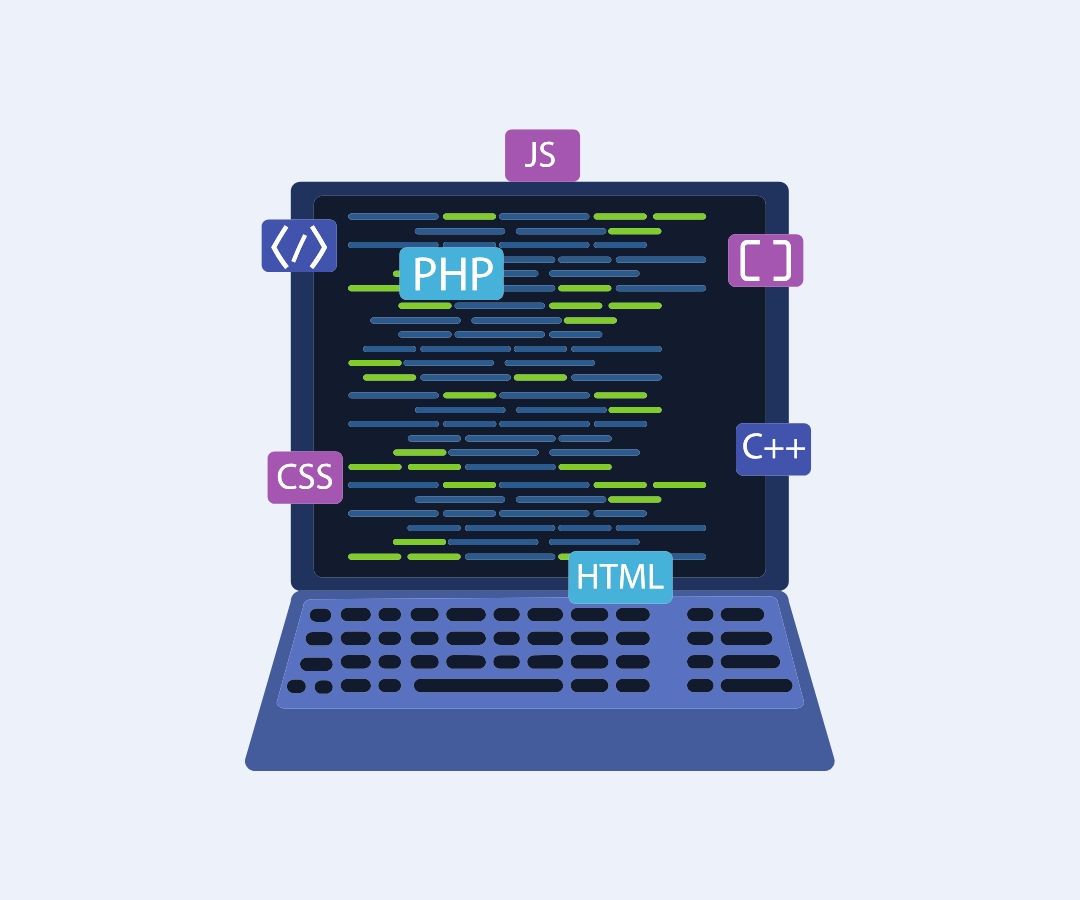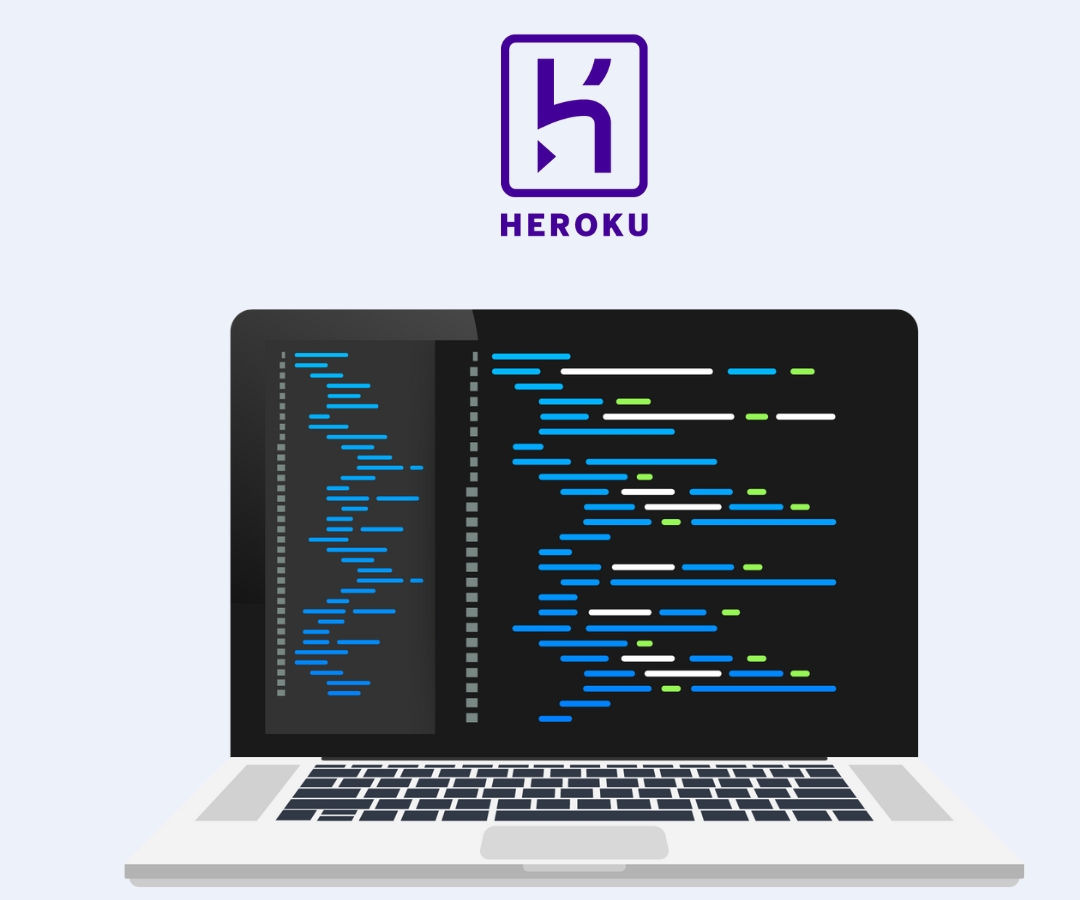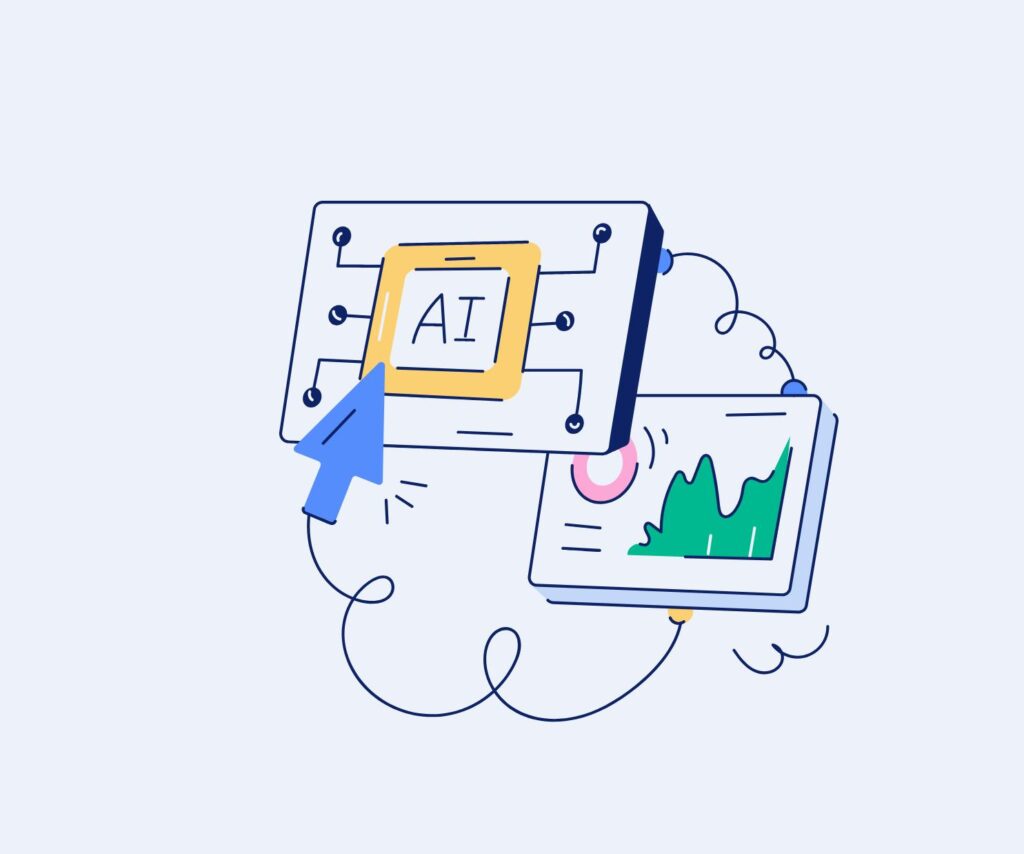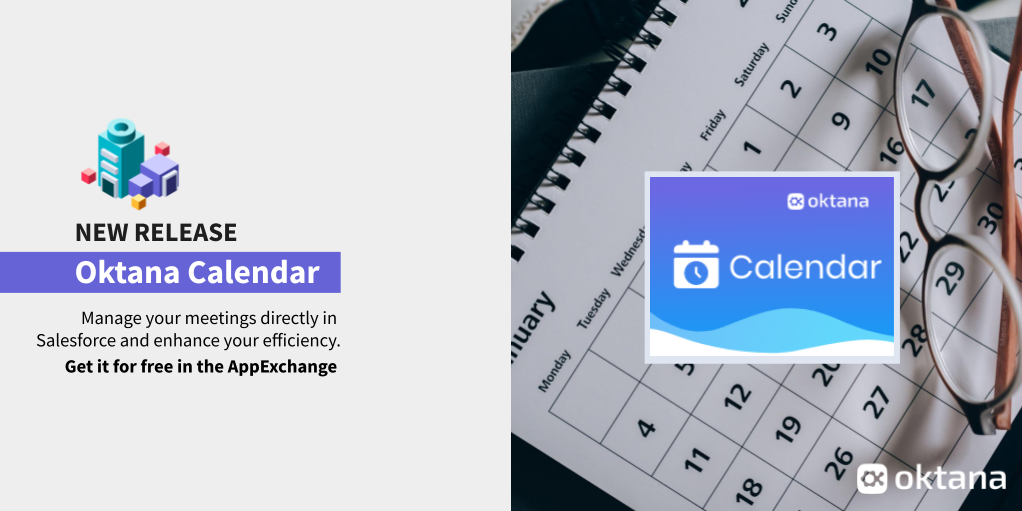Full stack development in the Salesforce ecosystem isn’t your typical web app stack, it’s a specialized discipline that blends deep platform knowledge with modern development practices.
Unlike traditional full stack projects where developers build everything from scratch, Salesforce provides a powerful set of frameworks and services that accelerate development but require specific expertise to use effectively.
Here’s what sets it apart:
- Platform-Driven Architecture: Salesforce applications are built within a secure, multi-tenant cloud environment. This means developers must work within platform limits while still delivering scalable, performant applications.
- Custom Logic with Apex: Instead of Java or Node.js on the backend, Salesforce uses Apex, a proprietary, Java-like language tightly integrated with the platform’s data model and workflows.
- Frontend via Lightning Components: For the UI, Salesforce developers use Lightning Web Components (LWC)—a modern framework built on web standards, but tailored to work natively with Salesforce data and services.
- Tight Integration with Declarative Tools: Full stack developers need to collaborate with admins and low-code tools like Flows and Process Builder, blending code with configuration in ways that aren’t common in other stacks.
- Built-in Ecosystem: Development often involves integrating with Salesforce-native tools like Heroku, MuleSoft, and Einstein AI, offering advanced functionality—but only if you know how to harness it.
This unique mix of low-code tools, proprietary languages and enterprise-grade integrations makes full stack development for Salesforce a specialized craft—one that agencies like Oktana have mastered.
What Sets Oktana Apart in Full Stack Salesforce Development
- Hands-On Expertise in Salesforce Stack
Oktana’s developers work across the full stack using Apex for backend logic, Lightning Web Components (LWC) and JavaScript (ES6+) for frontend development, along with HTML, CSS, and Salesforce APIs for complete control over how apps look and function. - Agile Development Backed by Practical Tools
The team follows Agile and Scrum to keep projects moving quickly and efficiently. With tools like Salesforce DX, SFDX CLI, Git, and automated CI/CD pipelines, they build, test, and deploy with real-time feedback and minimal delays. - Strong Integration Capabilities
Oktana connects Salesforce with platforms like Heroku, MuleSoft, and external services through REST APIs, OAuth flows, and Apex callouts. These integrations support complex business processes and help systems share data without manual workarounds. - Proven Track Record Across Industries
Having built solutions for over 250 companies, Oktana understands how different industries work. Whether it’s finance, healthcare, education, or retail, the team knows how to shape the tech to meet specific business goals using the Salesforce platform. - Focus on Skill Growth and Certifications
Oktana supports its developers in staying up to date with Salesforce certifications (Developer, Admin, Architect), while also building skills in JavaScript, version control, automated testing, and tools like Postman and VS Code.
Oktana specializes in Custom Software Development that integrates deeply with Salesforce, ensuring performance, scalability, and user-centric design.
Our full stack developers understand the unique architecture of the Salesforce platform, allowing them to build custom applications that don’t just meet business needs—they evolve with them.
